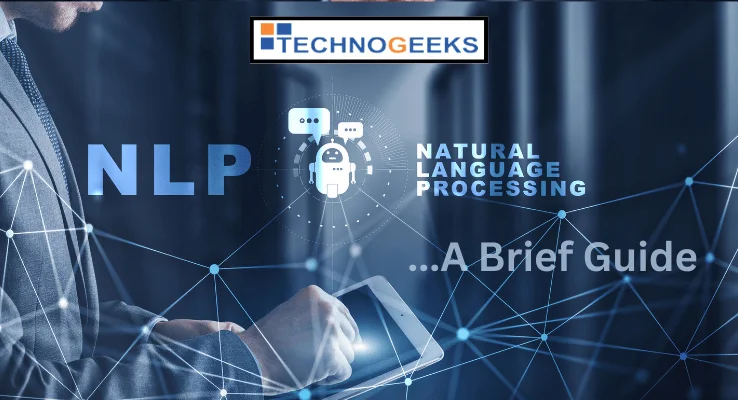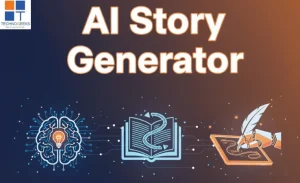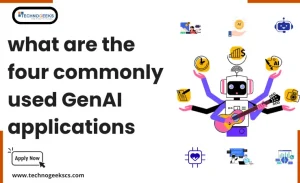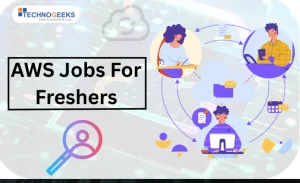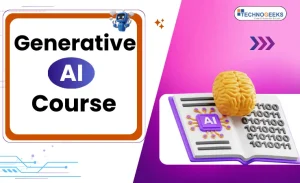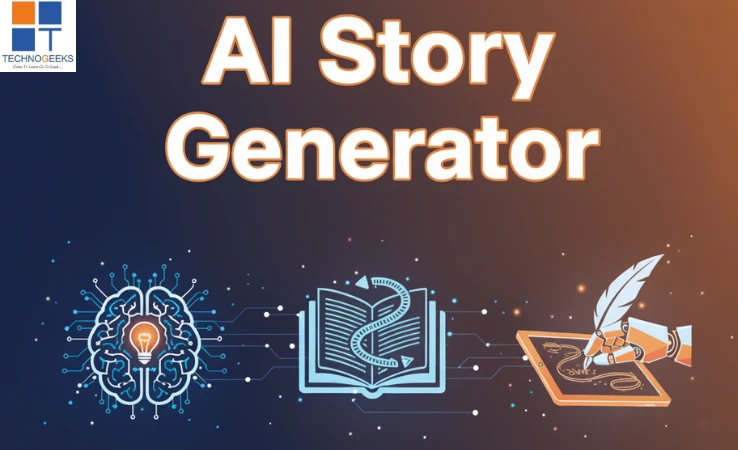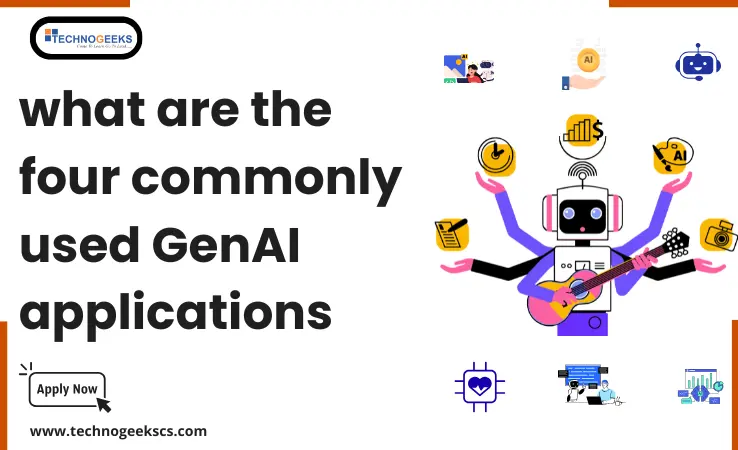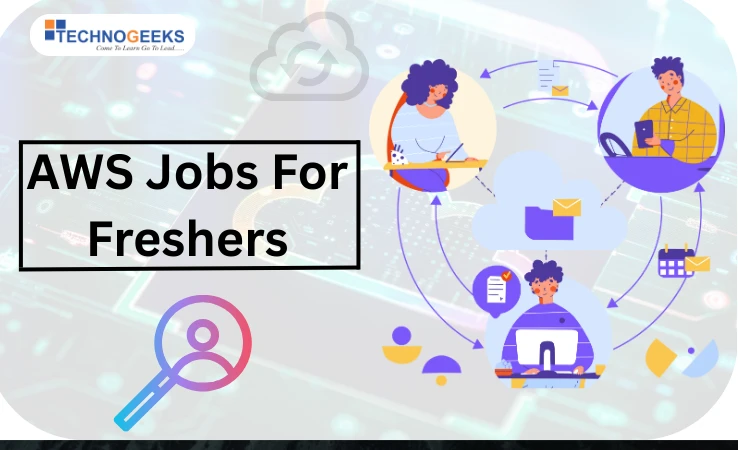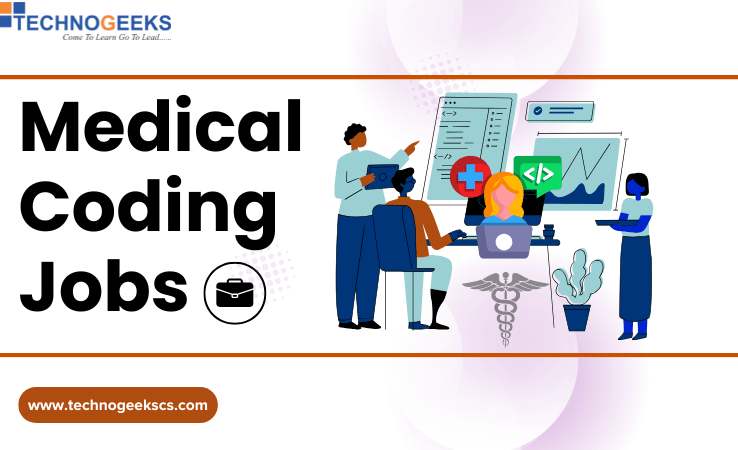Table of Contents
Toggle
Everything you need to know about NLP full form that is Natural Language Processing – A brief guide
NLP full form is Natural Language Processing (NLP) , that is a subfield of artificial intelligence(AI) that deals with the interaction among computers and people using natural language. It involves the application of numerous techniques and algorithms to investigate, understand, and generate human language in a manner that is both meaningful and useful.
Natural Language Processing, also known as Natural Language Understanding, allows machines to process and interpret human language by breaking it down into components like words, terms, and sentences and studying it using numerous techniques. Those techniques consist of:
➤ Syntactic and semantic evaluation
➤ System translation
➤ Sentiment analysis
➤ Sext class
➤ Named entity recognition
Natural Language Processing applications are various and consist of chatbots, digital assistants, sentiment analysis, device translation, information retrieval, and speech recognition. NLP has full-size implications for commercial enterprises, healthcare, schooling, and authorities by permitting machines to procedure and apprehend human speech more naturally and efficiently.

Fundamentals of Natural language Processing (NLP full form is natual language processing).
Every day, we each say hundreds of sentences and we talk to many people. In school, we all learned about the parts of a sentence and which types of words come together to create a sentence that makes sense. We know that a sentence is ultimately made up of a noun phrase and a verb phrase, but we can break the noun and verb phrases up into individual parts of speech.
For example, in the sentence “The man leaves the bank”,
⮞ THE is an article,
⮞ MAN is a noun,
⮞ LEAVES is a verb,
⮞ THE is an article,
⮞ BANK is a noun.
⮞ From here, we can combine THE and MAN into a noun phrase and THE and BANK into noun phrase.
⮞ The verb LEAVES and this noun phrase can turn into a verb phrase.
⮞ Finally, this noun phrase and this verb phrase become a full sentence.
Do you find it challenging to speak confidently in English?
Let Technogeeks help you out with our spoken English course.
Enroll now and overcome your fear of English! 👇
https://technogeekscs.com/courses/spoken-english-classes-in-pune
So, as we know NLP full form is Natural Language Processing and it has a variety of options for processing in library
The techniques used to create this parse tree broadly fall into the categories of part-of-speech tagging and chunking. These parts of speech are what give Natural Language Processing the power of understanding context.
A computer can see that the main subject of this sentence is the man, and he is doing the action of leaving a place, which in this case is a bank. And it’s not just part-of-speech tagging and chunking that allow NLP to figure out the meaning of a person’s words. There are also other techniques that can broadly be classified into two categories:
➤ Syntax
➤ Semantics.
It’s these individual words, their parts of speech, and their placement in the sentence that give the computer knowledge and context as to what the sentence is really trying to say.
Techniques of Natural Language Processing
Previously we have learned about what Natural Language Processing in AI is, and the logic behind it. Now, you might be thinking, how does the computer actually know what the parts of speech are? And how can it figure all this out even if it knows them? Well, this is where the power of today’s society comes in. Specifically, the power of big data available in today’s world.
Syntax and Semantics are the broad categories under which NLP’s techniques fall.
Tokenization
Tokenization is a technique of Natural Language Processing that can be split into two categories.
➤ Sentence tokenization: Sentence tokenization is separating a paragraph into distinct sentences.
➤ Word tokenization: Word tokenization is separating a sentence into distinct words.
This allows the computer to learn the potential meanings and purpose of each unique word.
Stemming
Stemming in Natural Language Processing is the process of reducing a word to its root or stem. It does this by chopping off universal prefixes and suffixes such as es, s, ing, and ed. Stemming is a powerful technique, but this crude chopping solely based on common prefixes and suffixes sometimes cuts necessary components of a root and changes the meaning of the original word.
Lemmatization
Lemmatization Natural Language Processing helps solve the problem that comes with stemming. Instead of chopping off beginnings and endings, Lemmatization reduces a word to its root form by analyzing the word morphologically. Let’s take a look at what this means.
So, if I have the words am, are, and is, the root form for these words is ‘be’, which can be observed through lemmatization. Stemming, on the other hand, would not have been able to figure this out, as chopping any letters off of these words would not have outputted “be”.
Semantics or Named Entity Recognition (NER)
Named Entity Recognition (NER) allows the Natural Language Processing models to categorize specific words in a sentence. This is especially helpful for words such as organization or company name like Google, Microsoft.
Natural Language Generation
NLG with Natural Language Processing is the process through which a machine produces natural human language. It uses math formulas and numerical info to extract patterns and data from any given database and output understandable human language text.
Summarization
To summarize, Natural Language Processing (NLP) enables a machine to take what you are saying. It makes sense out of it and formulates a statement of its own to respond back to you.
As we have seen, it uses a variety of techniques to accomplish this: part-of-speech tagging, tokenization, stemming, lemmatization, named entity recognition, and natural language generation. As a result, NLP allows computers to understand the context and meaning of our words.
Do not fall behind! Stay updated with the technology by taking our courses.
To know more about our courses, click on the link below 👇
https://technogeekscs.com/courses
Applications of Natural language Processing
We are using Natural language processing everywhere today. From personal use to business use, NLP is helping everyone to become better. Until now, we have seen how NLP works and its importance. Now let’s see the real life applications of Natural language processing one by one.
NLP Chatbots and Virtual Assistants
Many companies use Natural Language Processing to develop chatbots and virtual assistants to interact with users. These applications automate customer support and improve customer experience.
Examples: ChatGPT
Sentiment Analysis
Sentiment analysis is a Natural Language Processing technique used to identify emotional tone behind a text written by people, for example, on social media posts or comments.
Machine Translation in NLP
Natural Language Processing helps develop machine translation systems that automatically translate text from one language to another.
Examples: Google Translate, DeepL, and Microsoft Translator.
Text Summarization in NLP
Natural Language Processing is used to develop text summarization systems that can automatically generate summaries of long documents or articles.
Examples: SummarizeBot, TextTeaser, and GPT-3.
Named Entity Recognition
Natural Language Processing is used for named entity recognition, which involves identifying and classifying named entities in text, such as people, places, and organizations.
Examples: IBM Watson NLU, Stanford NER, and spaCy.
Speech Recognition
Natural Language Processing is used for speech recognition, which involves converting spoken language into text.
Examples: Siri, Google Assistant, and Amazon Alexa.
Text Classification
Natural Language Processing is used for text classification, which involves classifying text into predefined categories or topics, such as spam or not spam, positive or negative sentiment, etc.
Examples: Natural Language Processing libraries in python like TensorFlow, Keras, and sci-kit-learn.
Do you want to learn these exciting libraries in python?
Click on the link below to learn more about our programming courses👇
https://technogeekscs.com/latest-batch-schedule
Future of Natural language Processing
Alan Turing argued in the 1950s that when a machine is able to converse with a human being seamlessly, that would be the point to stop questioning its intelligence. Computers have come a long way after that. And the credit goes to the advancements in natural language processing.
This is where NLP stands for now. But where is it going to go? What does the future hold?
One school of thought argues that the future of Natural Language Processing will be in linguistics and deep learning techniques. But at the same time, the rapid development of large language models creates Neural language models that are equaling human cognitive abilities or will surpass human abilities. And the predictions say that this trend will continue, and we will keep seeing bigger models every year for the foreseeable future.
What do you think about the future of Natural Language Processing?
Tell us your thoughts through the comments below!
Technogeeks is an excellent learning platform for mastering Data Science. Enroll to kickstart your journey in Data Science.
Checkout our course on the Data Science below
👉 https://technogeekscs.com/best-data-science-courses👈


